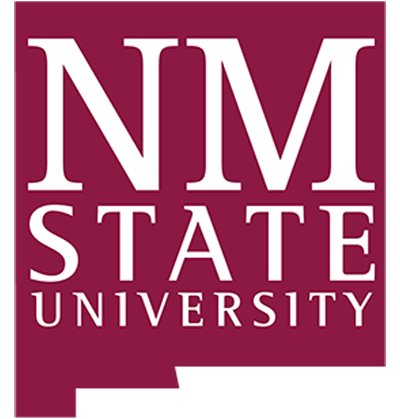1. Course number and name
CHME 306. Transport Operations II: Heat and Mass Transfer
2. Credits and contact hours
4 credit hours = 60 contact hours per semester
3. Instructor’s or course coordinator’s name
4. Text book, title, author, and year
Fundamentals of Heat and Mass Transfer, 7/E by Bergman, Lavine, Incropera, and Dewitt. ISBN 9780470501979; Wiley (2011)
a. other supplemental materials
none
5. Specific course information
a. catalog description:
Theory of heat and mass transport. Unified treatment via equations of change. Analogies between heat and mass transfer. Shell balance solution to 1-D problems in heat and mass transfer. Analysis of chemical engineering unit operations involving heat transfer. Design principles for mass transfer equipment. 4 credits. Restricted to majors.
b. prerequisites: CHME 305 and MATH 392 co-requisites: CHME 392
c. required, elective, or selected elective (as per Table 5-1): required
6. Specific goals for the course
a. The student will…
- Adopt a systematic problem solving approach, consistently and effectively.
- Diagram heat flows for conductive, convective, and radiative processes.
- Find and use material property values.
- Convert and use appropriate units of energy, power, flux, etc.
- Write conservation equations for planar, cylindrical and spherical systems.
- Apply assumptions such as steady state, number of dimensions, order of magnitude, and/or constant properties to simplify conservation equations.
- Solve the energy conservation equation for the temperature distribution using appropriate boundary and/or initial conditions.
- Calculate heat fluxes into and out of a control volume.
- Draw resistance circuits and calculate the overall heat transfer coefficient, U, for compound systems.
- Calculate the temperature distribution, heat flux, efficiency, and effectiveness of extended surfaces such as fins.
- Use lumped capacitance and exact solution models to solve transient heat transfer problems.
- Calculate transport dimensionless numbers and explain what they represent.
- Use fluid velocity profiles to calculate boundary layer shapes and thicknesses.
- Calculate convection heat transfer coefficient, h, for external and internal flows using formulas and graphs of experimental results.
- Explain the causes and relative magnitudes of free convection.
- Calculate free convection coefficients using equations and experimental results.
- Label key regimes and heat transfer features of boiling and condensation curves.
- Compare and contrast parallel, cross, and countercurrent flow in heat exchangers.
- Determine the needed surface areas and/or fluid flow rates for heat exchangers given unit operation or process energy needs.
- Calculate and explain heat exchanger efficiency.
- Predict likelihood and account for consequences of fouling.
- Define radiation terminology such as blackbody, grey surface, emissivity, etc.
- Relate surface temperature to radiation wavelength and energy.
- Calculate the view factor between two surfaces and use it to calculate heat transfer.
- Write and solve the mass and molar forms of the 1-D mass conservation equations.
- Calculate absolute and relative species velocities and fluxes.
- Use heat transfer relationships and analogous equations to solve diffusion and advection mass transfer problems.
- Predict which kind(s) of heat transfer will be relevant for a given situation.
- Describe implications of problem solutions and perform additional “what if” calculations to understand patterns in the “bigger picture”.
b. Criterion 3 Student Outcomes specifically addressed by this course are found in a mapping of outcomes against all CHME courses in the curriculum.
7. Brief list of topics to be covered
- modes of heat transfer
- steady state, 1-D conduction
- 2-D conduction
- transient conduction
- extended surfaces
- boundary layers
- forced convection
- natural convection
- convection with phase change
- heat exchangers
- radiation science
- radiation exchange
- 1-D mass diffusion
- mass fractions and concentrations
Common Syllabus Addendum
The NMSU Department of Chemical Engineering maintains a syllabus addendum containing course requirements common to all courses with the CH E prefix online. This document is accessible from the URL: http://chme.nmsu.edu/academics/syllabi/chme-common-syllabus-addendum/


